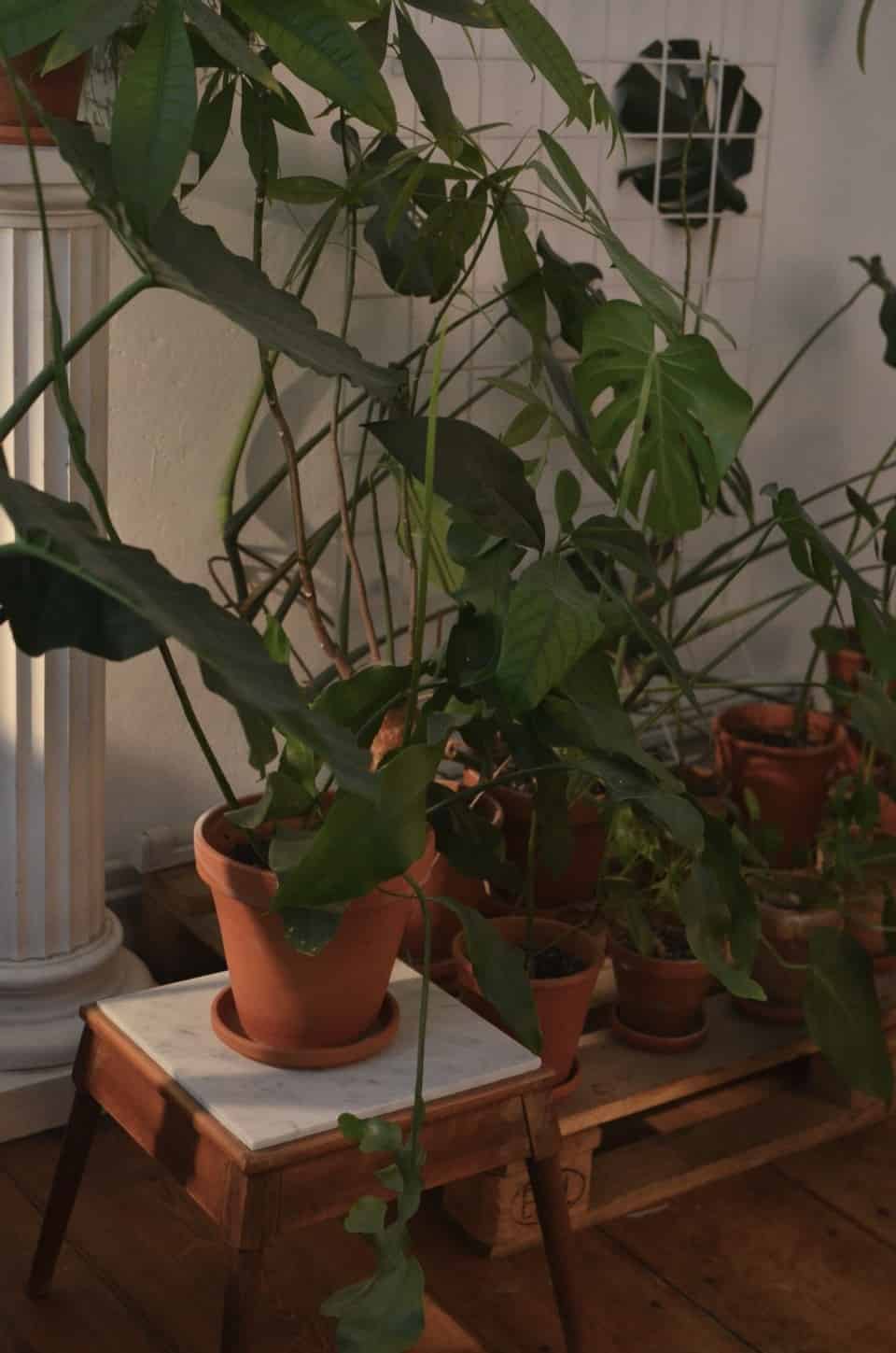While your plant can’t talk, their leaves can still tell you a lot. Leaves often show signs of issues before any other part of your plant, and savvy gardeners will keep an eye on them to catch issues early. Today, we’ll be looking at what your leaves can tell you about your plant’s health. We’ll look at several common issues, what they say about the state of your plant, and what steps you can take to fix the cause.
Yellowing Edges
The edges of your leaves yellowing is often the first sign of overwatering. This is when the plant gets too much moisture, and this can be just as bad as too little.
If you notice this, check the texture of the leaves. If they’re beginning to feel mushy or bulging then they likely are getting too much water. The solution is to water less. Caught early enough, you can likely prevent any lasting damage to the plant. Left untreated, this can lead to root rot which will kill your plant.
What makes this tricky is that yellow edges can also signal lack of water; the exact opposite problem. This can make it hard to differentiate between the two issues. The key here is that instead of feeling mushy, the leaves will likely feel dry and brittle. If that’s the case, you’ll want to water a bit more frequently. Underwatering is often accompanied by drooping leaves as well.
Browning Edges
Browning or burnt out edges are often found on lower light plants that are getting too much light. You’ll also notice this if your plant is getting too much intense, direct light.
The solution here is to move the plant to an area that gets less light or a reduced intensity of light. Make sure the plant you have and the type of light it gets matches up. Even brief periods of direct, intense light can be harmful to a plant that likes lower light conditions.
This can also be a sign of overwatering as mentioned above. Checking the leaves is once again a good step to narrow down the cause. Overwatered leaves tend to feel mushy or swollen, while burnt out leaves will feel brittle and tend to flake apart when touched.
Looking Dull Or Lacking Blooms
This is often caused by a lack of nutrients, sunlight, or both. If your plants are looking dull and don’t have that rich green color try adding additional nutrients to the soil. Plants need these nutrients to grow, and lacking them will hamper their growth.
If you’re expecting blooms or flowers on your plant and not getting them then this can also be due to a lack of sunlight. It takes a lot of energy to bloom, so if a plant lacks that energy it will typically not bloom to conserve energy. Try giving your plant more light and see if this fixes the problem.
Lack Of Leaves
Lack of leaves can also be attributed to lighting or nutrient deficiencies. It takes energy for plants to grow leaves and having too little will hamper this growth.
Make sure that your plant is getting enough sunlight and has nutrient rich soil. Left for too long this will kill the plant as they are not getting enough energy to survive. Leaves help the plant take in sunlight and therefore energy, so too little is a vicious cycle. This can also be the cause of overall slow growth in the plant as a whole.
Brown and Crunchy
This is often the case of a plant that has been under-watered for too long. Without water, the leaves will begin to dry out and become brown and crunchy. This is especially the case if the rest of the plant looks droopy. Giving your plant more water will fix this issue. Most plants are quite hardy, so this is often an easily fixable problem.
This may also be the case of too much direct sunlight as mentioned above. This will typically affect the leaves that are facing the light first, so make sure to examine your whole plant before making any changes.
Leaning Or Reaching
Lastly, many gardeners will find that their plant’s leaves begin to lean or reach in a particular direction. This is almost always due to a lack of sunlight; your plant is “reaching” to try and get more light. That’s why you’ll notice that it tends to do so in the direction of its primary light source. The solution is to make sure that your plant is getting enough light and potentially supplement with grow lights if not.
In some cases, it may not be a lack of sunlight but your plant is still reaching. If you’re confident your plant is getting enough light then simply rotating your plants every few days will help correct the problem. This will encourage it to grow straighter as the light is hitting it from different directions.







